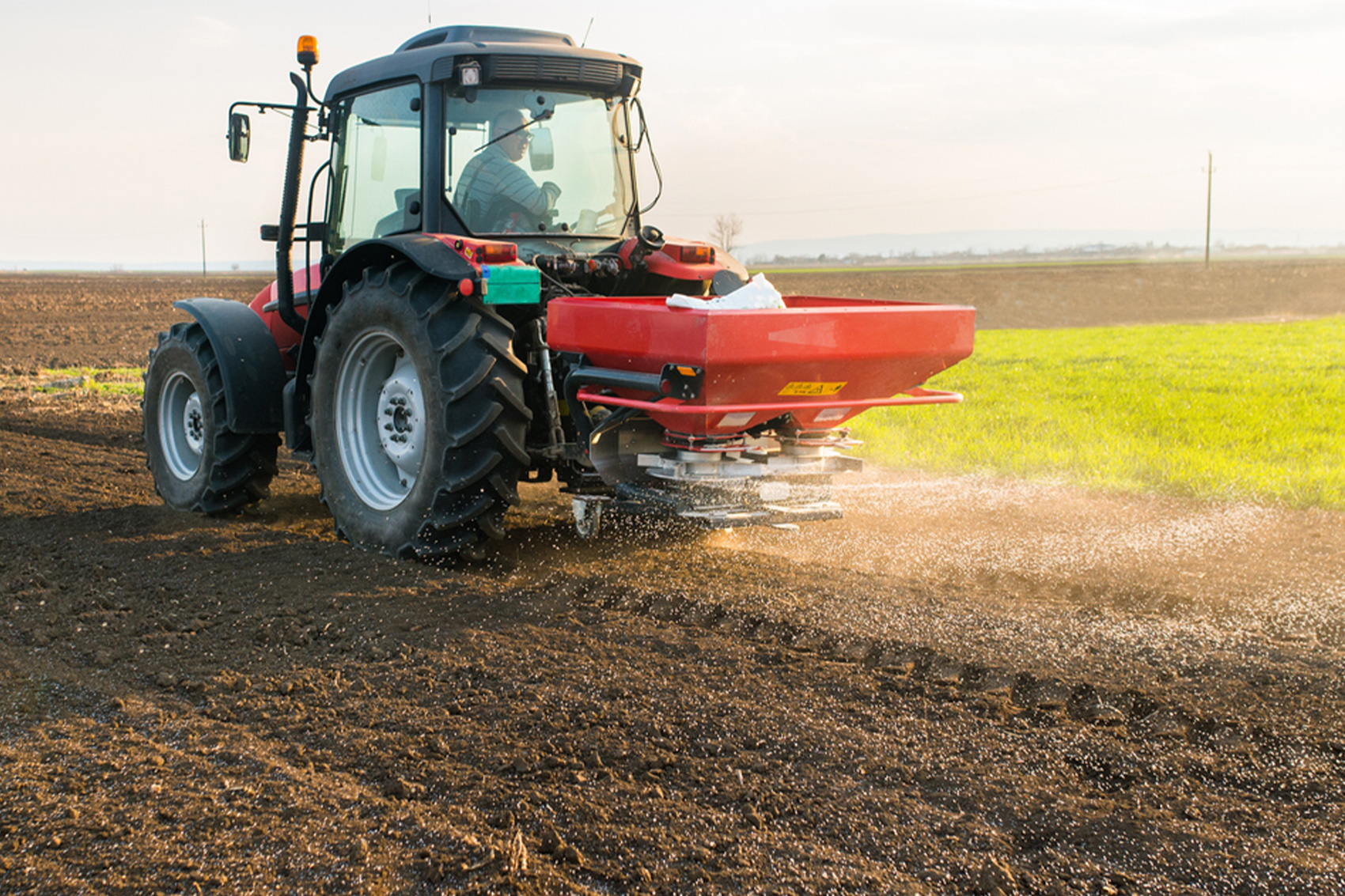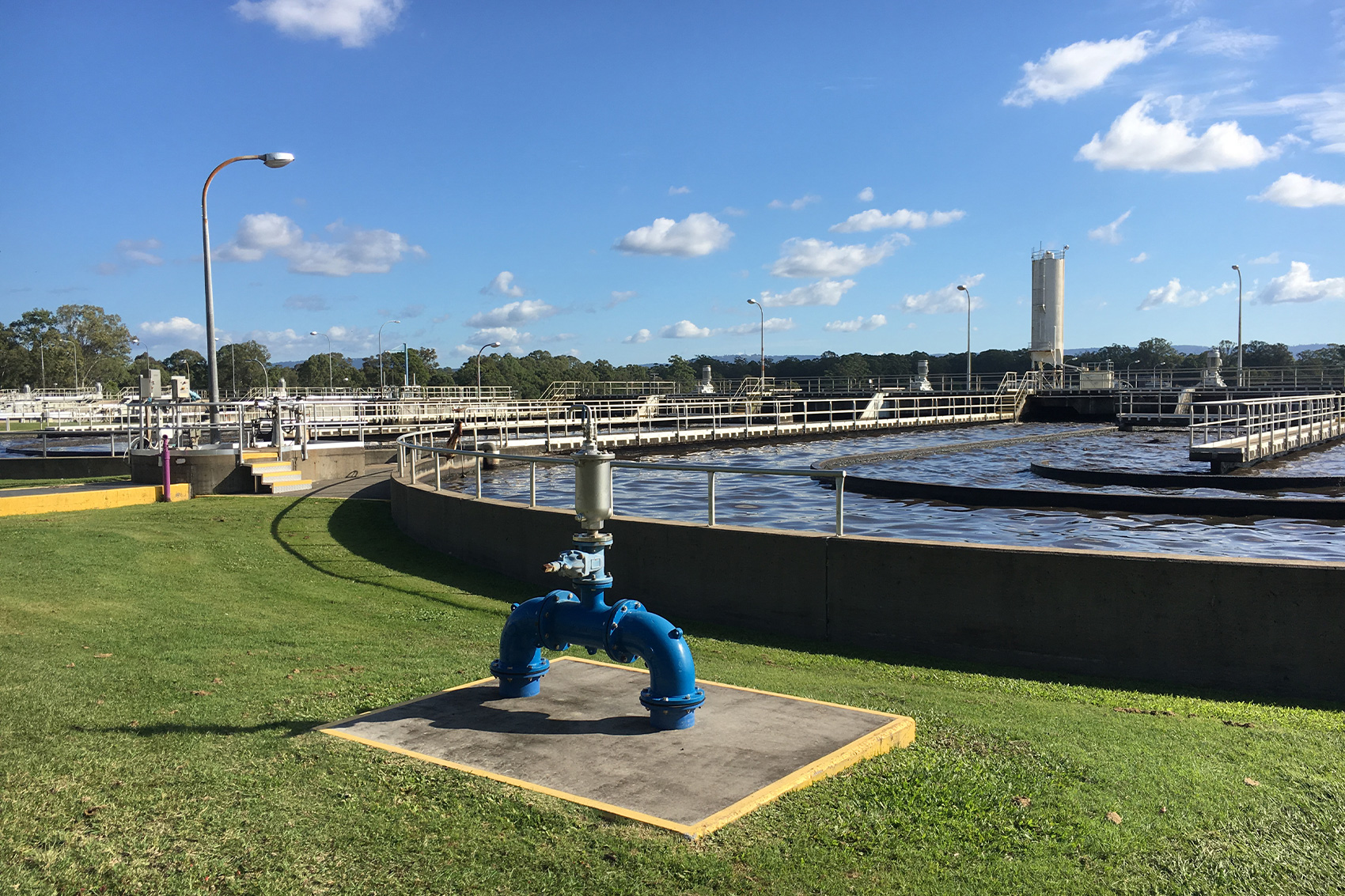
Contaminants causing issues
A challenge facing biosolids is emerging contaminants. Artificial chemicals such as Per-and Polyfluoroalkyl Substances (PFAS) which are harmful to humans, end up in water largely via industrial surface runoff, landfill leachate or emissions. These contaminants are made from strong molecule bonds that are extremely difficult to breakdown, needing high temperatures to destroy them. It is also often cost prohibitive to break them down to a safer compound so that they can be re-used back into our food, agriculture and waterway ecosystems. And PFAS is not the only culprit, there are many new chemicals added to products we use every day and because they are new, their consequences often aren’t known until years later.
Technology to improve the way we create biosolids
The most effective way to break down PFAS is still improving with technology, but there are a couple of systems being utilised. Thermal processing is one method, which decomposes the PFAS via a range of incineration processes such as melting or boiling. Another common procedure is pyrolysis or gasification, which atmospherically gasifies dried sludge at a high heat level. While these methods are efficient in breaking down the PFAS, the downsides are that they also have the potential to remove some of the beneficial nutrients for the use of biosolids as fertiliser, reducing its capacity to a soil enhancer or similar. That being said, these options still allow for PFAS to be safely disposed while transforming the waste solids into a product that can be on-sold.
Multiple byproduct benefits from sewage treatment
As one product from wastewater treatment, biosolids’ direct uses are as fertiliser or soil improver. However additional treatment can result in higher value, innovative products such as syngas (fuel), biodiesel, biochar, bio-oil, phosphorous, struvite, biomethane, ammonia and hydrogen.
There are many emerging technological trends for processing biosolids to generate these products, including; pyrolysis/gasification, optimised anaerobic digestion, steam reforming for hydrogen production, biomethane production, sludge drying, thermal hydrolysis processing (THP) and nutrient recovery. Further research and strategic planning is required to determine the most suitable technologies and the most beneficial products (whilst also dealing with emerging contaminants), but the possibilities are numerous.
 Coombabah Sewage Treatment Plant
Coombabah Sewage Treatment Plant
An emerging industry — a missing link to a circular economy
More and more projects are emerging that are taking the lead in transforming waste into byproducts. A biosolid hub has been developed at the Oxley Creek Sewage Treatment Plant (STP) in Brisbane, where biosolids are trucked in from other plants for further treatment and processing. Another hub is planned as part of an expansion at the Coombabah STP on the Gold Coast. Depending on site specific circumstances (e.g. distance between treatment plants), it is generally more efficient to create central hub infrastructure for these processes rather than using multiple biosolid processing plants.
SMEC has worked with Oxley Creek STP previously for their Steam and Biogas project, which was centred around maximising energy recovery and efficiency in the biosolids hub. The biogas from the digesters is used to generate electricity at the cogeneration. Prior to the upgrade the site boiler was running off natural gas, but now uses a mixture of biogas and natural gas to generate the steam required for the THP, therefore reducing natural gas consumption. In addition, previously the waste heat gas stream from the cogeneration was vented. Works involved replacing an existing waste heat boiler that utilised the energy from this waste stream to generate further valuable steam for the THP, reducing natural gas consumption further. Additional project works also involved adding an economiser heat exchanger to improve energy efficiency.
SMEC has also worked on strategy reports examining long term options for beneficial reuse of biosolids from treatment plants for water distributors in ACT and QLD. These reports both established long-term systems for managing biosolids using current and, as they become commercialised, other processes. The main driver was ensuring the quality of biosolids met the markets that were economically accessible.
Image is everything
Unfortunately, large parts of society still have negative connotations around ‘wastewater’ as there is reluctance to utilise a sewage byproduct to fertilise consumable items. However, as cities continue to expand, it is important to factor in renewable solutions for future developments. Currently there is a lot of planning in infrastructure for what is the most valuable way to treat and dispose of waste sustainably. If we could change the stigma around waste products to focus on its economic and sustainable potential, there is an untapped valuable market to harness.
Looking ahead: solutions with the end-product in mind
Looking towards the future of circular waste management, we can hope that development for centralised byproduct hubs will continue. Turning our sewage treatment plants into a place where sewage goes in and renewable products come out. And not just human waste, but co-digestion with food waste and other types of waste. This will also aid in reaching the global net zero target when biomethane, electricity and nutrients can be recovered from sewage.
We, as an engineering industry, have an important role to play in progressing the concept of a bio-refinery into reality and also in helping raise awareness of the benefits of waste, the stigmas that need to be challenged, and contributions we need to be making to transition to a circular economy.
First published on Sustainability Matters, April 2023.







 Coombabah Sewage Treatment Plant
Coombabah Sewage Treatment Plant


